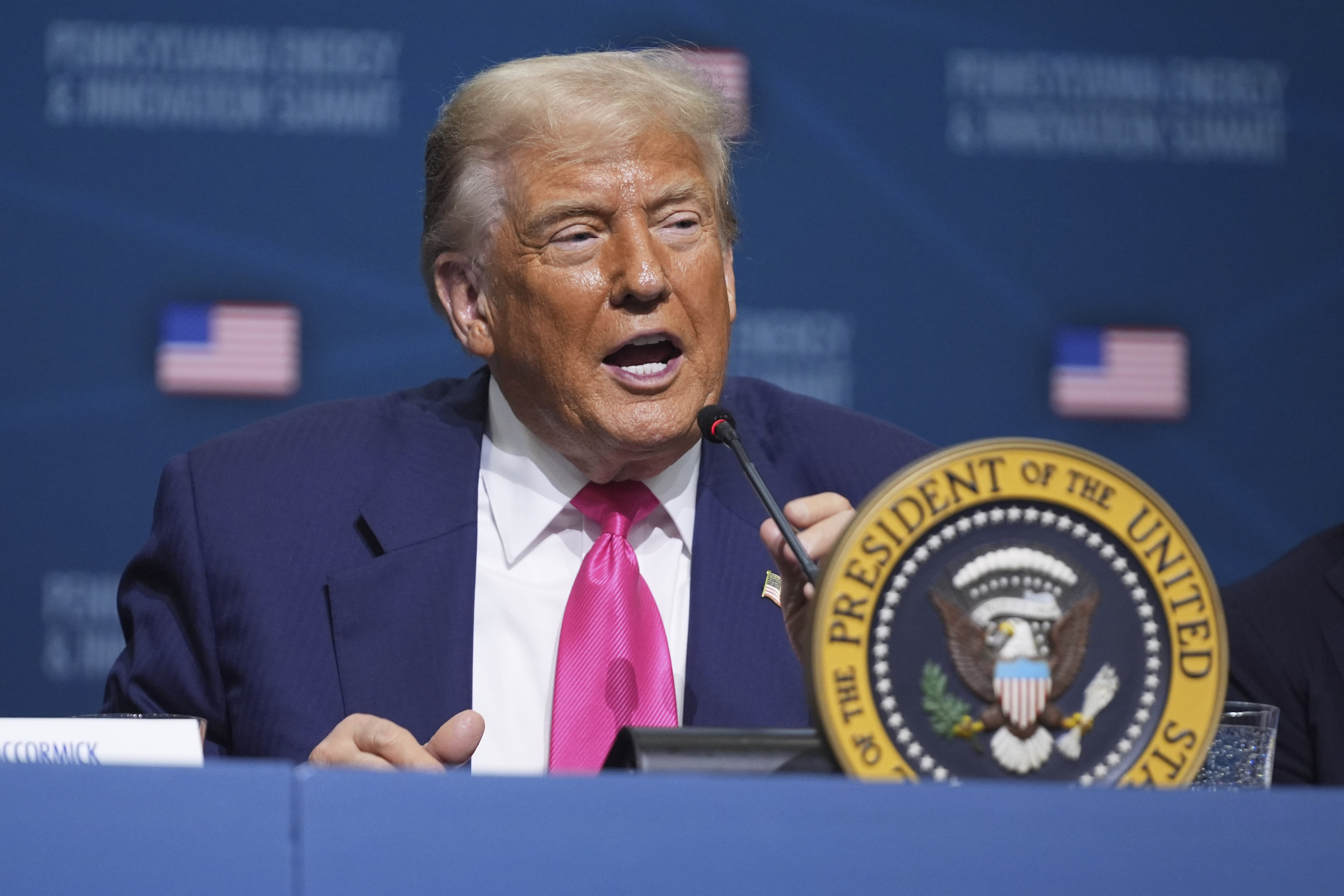The Geopolitical Chessboard: Trump's Tactical Restraint on Ukraine Aid
 The Tech Times
The Tech Times
In a world where geopolitical dynamics shift like quicksand, the recent statements by former President Donald Trump regarding military aid to Ukraine have ignited a fresh wave of analysis and speculation. During a recent appearance, Trump tempered his stance on providing long-range weapons to Ukraine, a move that marks a significant departure from his previous aggressive rhetoric towards Russia. This pivot not only raises questions about the future of U.S. foreign policy but also highlights the intricate balance of power on the global stage.
The Historical Backdrop
To fully appreciate the implications of Trump's latest stance, it is essential to delve into the historical context of U.S.-Russia relations and the ongoing conflict in Ukraine. Since Russia's annexation of Crimea in 2014, the United States has been a pivotal ally of Ukraine, providing economic aid and military support to counter Russian aggression. Successive U.S. administrations have grappled with the challenge of supporting Ukraine without escalating tensions with Russia—a delicate dance that requires strategic foresight and diplomatic acumen.
During his presidency, Trump often adopted a combative posture towards international adversaries, including Russia, albeit with moments of unpredictability. His administration's imposition of sanctions and tariffs on Russia was a testament to this approach. However, his reluctance to provide Ukraine with long-range weapons now suggests a nuanced shift that may reflect broader strategic considerations.
Reading Between the Lines
Trump's cautious tone might indicate an understanding of the broader geopolitical landscape and the potential consequences of escalating military aid. Providing Ukraine with long-range weapons could be perceived by Moscow as a direct threat, potentially provoking a more aggressive Russian response. This escalation could destabilize the region further and complicate relations with European allies, who are keen on maintaining stability and avoiding a full-blown conflict on their doorstep.
Moreover, this restraint might also be an acknowledgment of the evolving nature of warfare, where conventional military support is increasingly complemented by cyber capabilities and intelligence sharing. The recent past has shown that wars are no longer fought solely on the battlefield but also in cyberspace and through economic means, such as sanctions and trade tariffs.
The Global Implications
The decision to withhold advanced weaponry from Ukraine could have far-reaching implications. It sends a signal to both allies and adversaries that the United States is recalibrating its approach to international conflicts, potentially favoring diplomatic and economic tools over military interventions. This could reshape alliances and influence how other nations perceive U.S. commitments to their security.
Furthermore, Trump's pivot could influence the strategic calculations of other major players, such as China and the European Union, who are closely monitoring the situation. The U.S.'s handling of the Ukraine crisis serves as a litmus test for its broader foreign policy strategy and its willingness to engage in or avoid direct conflict.
Conclusion
In the ever-evolving geopolitical landscape, Trump's recent comments underscore the complexity of international relations and the need for a multifaceted approach to global challenges. As the world watches closely, the decision to temper military aid to Ukraine reflects a strategic calculus that prioritizes stability and long-term peace over short-term gains. Whether this approach will yield the desired outcomes remains to be seen, but it undoubtedly adds another layer to the intricate tapestry of global diplomacy.
As we move forward, the international community must remain vigilant and adaptable, recognizing that the path to peace often requires patience, negotiation, and a willingness to embrace change.
Source: Trump downplays possibility of sending Ukraine long-range weapons
Subscribe to my newsletter
Read articles from The Tech Times directly inside your inbox. Subscribe to the newsletter, and don't miss out.
Written by
